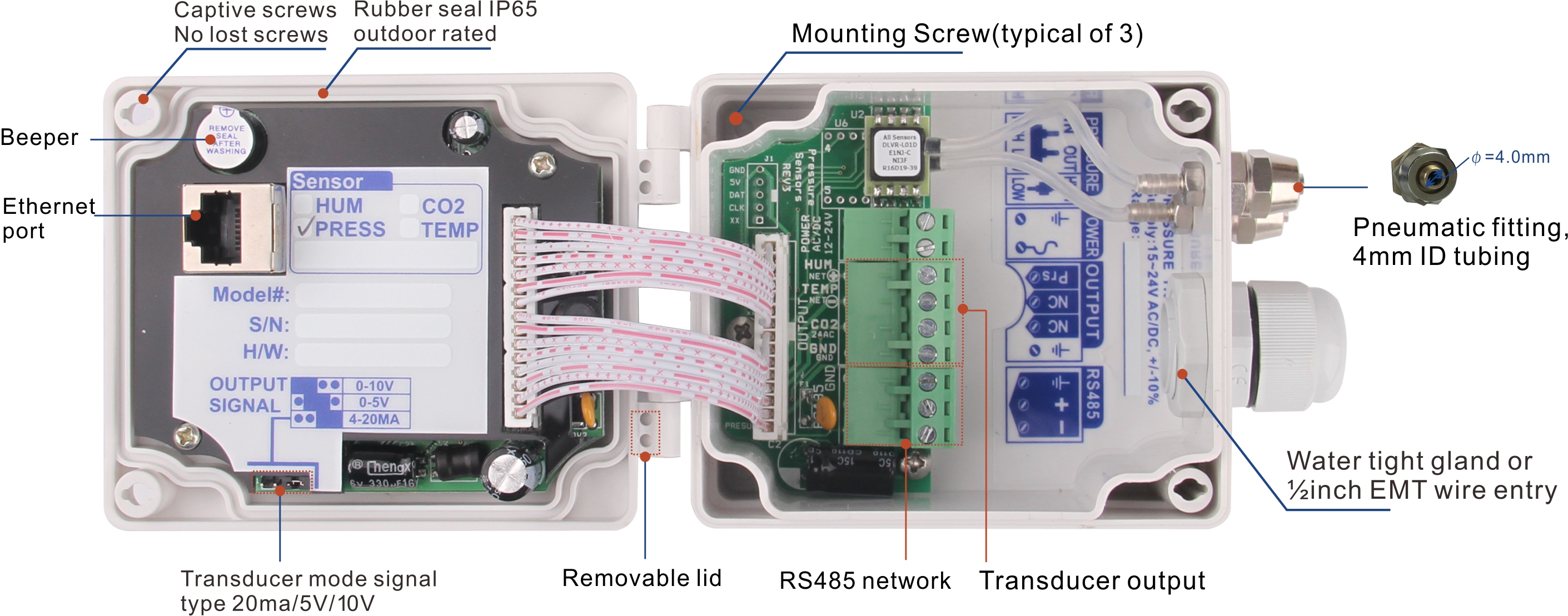
In general the average molecular weight of gas mixture can be calculated as follows Mw mean = x aM a + x bM b+. It follows that the weight of 1 mole of air (i.e., its average molecular weight) is 6.72 + 21.86 = 28.58. Calculate the average molecular weight of air, assuming the following composition: O 2 = 20.9%Īccording to Avogadro law the composition in volume of a gas corresponds to its compositions in moles thus each mole of air contains 0.209 moles of O 2 and 0.7808 moles of N 2.Ġ.21 moles of O 2 correspond to ( 0.21)(32) = 6.72 g O 2Ġ.78 moles of N 2 correspond to (0.7808)(28) = 21.86 g di N 2 From this equation we get V a1 = (690)(0.03)/101.33 = 0.204 m 3ī) Let's suppose now that the gas left in the tank is also expanded to the atmospheric pressure P 2V = P aV a2įrom which V a2 = (35)(0.03)/101.33 = 0.010 m 3 The volume lost from tank is the difference between the two calculated volumes: 0.204 - 0.010 = 0.194 m 3ħ. Where P i is the initial pressure in the thank (690 kPa), V the volume of the thank (O.03 m 3) and the subscript a stand for the value of pressure and volume after the expansion. Assuming an isotherm process, calculate the volume of nitrogen lost into the atmosphere.Ī) Let suppose that all the gas is expanded from 690 kPa to the atmospheric pressure (101.33 kPa) P iV = P aV a1 A thank (volume = 0.03 m 3), containing nitrogen at 690 kPa, is keep opened until the pressure reach the value of 35kPa. After the dissociation the pressure for PCl 5 is: 0.557 - x (the fraction of gas dissociated)

We have calculated that in absence of dissociation the pressure exerted by PCl 5 should be 0.557 atm. If x is the partial pressure due to PCl 3 and Cl 2 we have 1 atm = P PCl5 + 2x For the Daltons Law Pt = P (PCl 5 ) + P (PCl 3 ) + P(Cl 2) = 1 atm Since the experimental pressure is 1 atm, PCl 5 is dissociated. Partial pressure for PCl 5 is 1 - (2)(0.441) = 0.117Īssuming no dissociation we can calculate from the given data P = nRT/V = (0.013)(0.082)(523) = 0.557 atm Partial pressure for PCl 3 is, of coures, the same calculated for Cl 2 Thus at the equilibrium are presents 0.0103 moles of Cl 2 e 0.0103 moles of PCl 3 from which we can calculate the partial pressures: Total moles = 0.0233 = (moles PCl 5 initial - x ) + 2 x = 0.013 + x Indicating with x the fraction of PCl 5 dissociated and by 2x the total moles of products formed, we can write

Since 0.0233 is greater than the number of moles calculated for undissociated PCl 5 then we can conclude that dissociation occured.Īccording to the dissociation equation, for each mole of PCl 5 dissociated there is the formation of 1 mole of Cl 2 and 1 mole di PCl 3 then moles Cl 2 = moles di PCl 3. However, if we calculate n using the given value for P,V and T we get: In absence of dissociation, according to the equation of state of gases, n = (PV)/(RT), we should obtain n = 0.013 moles. In the case the dissociation takes place, calculate the partial pressure of the three gases.Īssume R = 0.082 liters atm mole -1 K -1.Īs first let's calculate the moles of PCl 5, n = grams/Mw = 2.69/208 = 0.013 moles.

Considering that the gas can dissociate according to the equation PCl 5(g) = PCl 3(g) + Cl 2(g), verify if in the given condition of temperature and pressure the gas is dissociated. 2.69 grams of PCl 5 (Mw = 208) are contained in a one liter flask at 250 oC and 1 atm. Therefore, according to Dalton's law, P t = 4 + 3 = 7.ĥ.


 0 kommentar(er)
0 kommentar(er)
